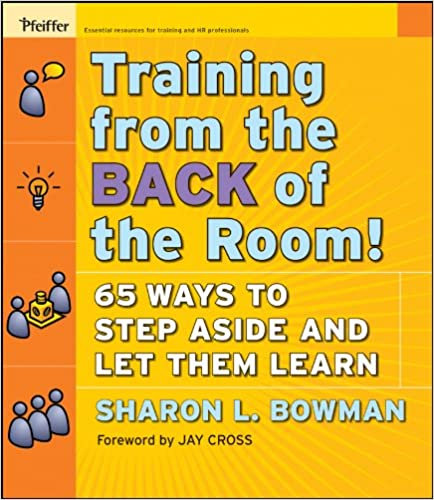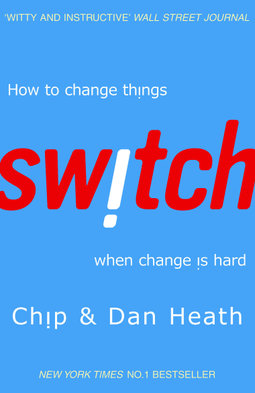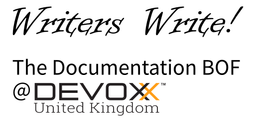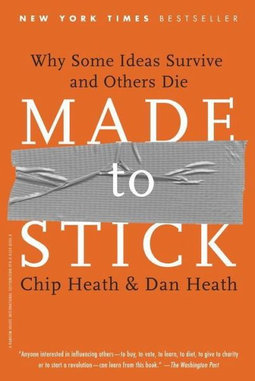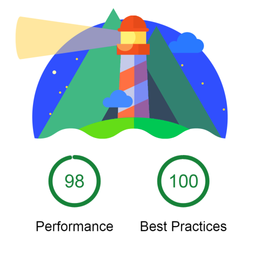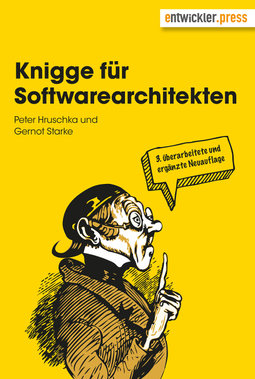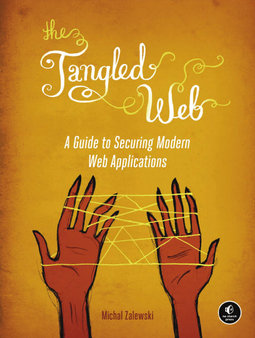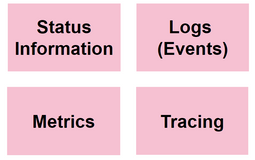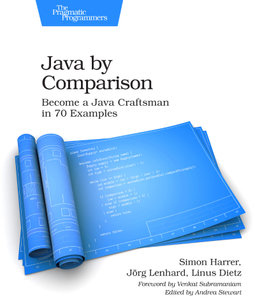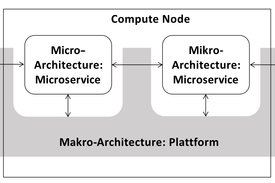
The Art of Templating
2023-06-15 @ Continuous Documentation Regulars
As your documentation project expands, you might reuse similar content across various sections. This process starts simple. Then it often becomes more complicated when you incorporate variants and placeholders into your text. And sometimes you don’t want to write content by hand, but generate it from some data you already have.
Different technologies provide unique patterns for this challenge. This summarizes our Continuous Documentation Regulars meetup with lots of examples and links to explore.
(10 minutes read)


